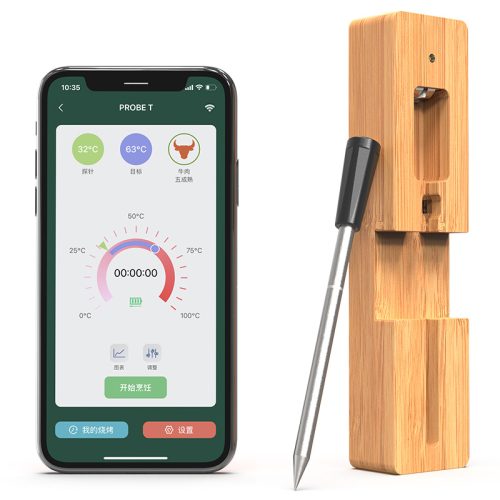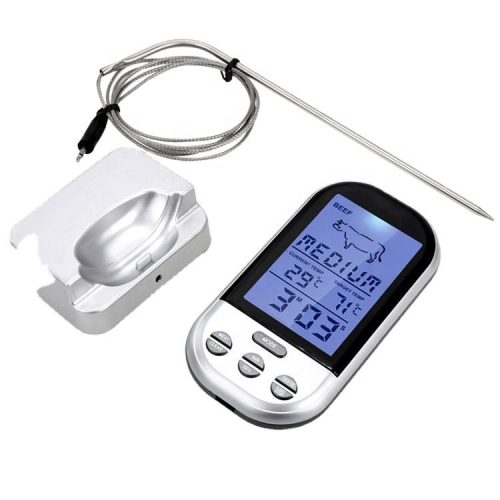Optimizing comfort involves maintaining an optimal humidity level in indoor spaces. Here are essential tips on using a hygrometer to achieve optimal comfort:
- Determine Ideal Humidity Levels: For most indoor environments, a relative humidity (RH) level between 30% to 60% is considered comfortable. However, personal preferences might vary slightly. Measure the humidity with a hygrometer and adjust to the desired level.
- Use a Reliable Hygrometer: Invest in a good-quality hygrometer to get accurate readings. Digital hygrometers are commonly used and are available in various designs, including standalone units or combined with thermometers.
- Placement of Hygrometer: Place the hygrometer in the room where you spend the most time to monitor the humidity accurately. Keep it away from direct heat sources, drafts, or areas prone to extreme moisture changes (like bathrooms or kitchens).
- Regular Calibration: Periodically calibrate your hygrometer to ensure its accuracy. You can use salt calibration (placing a salt solution in a closed container with the hygrometer) or a calibration kit available for some digital hygrometers.
- Maintain Optimal Humidity: Depending on the readings, take steps to adjust the humidity level:
- Too Dry: Use humidifiers to add moisture to the air. This is especially important during the winter months when indoor air tends to be drier due to heating systems.
- Too Humid: Dehumidifiers can help reduce excess moisture in the air, especially in areas prone to high humidity levels.
- Monitor Seasonal Changes: Humidity levels can fluctuate with the seasons. Adjust your humidification or dehumidification efforts accordingly to maintain comfort levels.
- Consider Ventilation: Proper ventilation helps in controlling humidity levels. Opening windows or using exhaust fans in areas like bathrooms and kitchens can help reduce humidity.
- Maintain Consistency: Try to maintain a consistent humidity level, as drastic changes can cause discomfort and health issues. Gradual adjustments are often more comfortable for occupants.
- Consider Personal Preferences: Some individuals might feel more comfortable with slightly different humidity levels. It’s essential to consider personal preferences while aiming for optimal comfort.
Remember, while a hygrometer helps monitor humidity levels, it’s also crucial to ensure proper ventilation and regular maintenance of heating, ventilation, and air conditioning (HVAC) systems to maintain indoor comfort levels.


